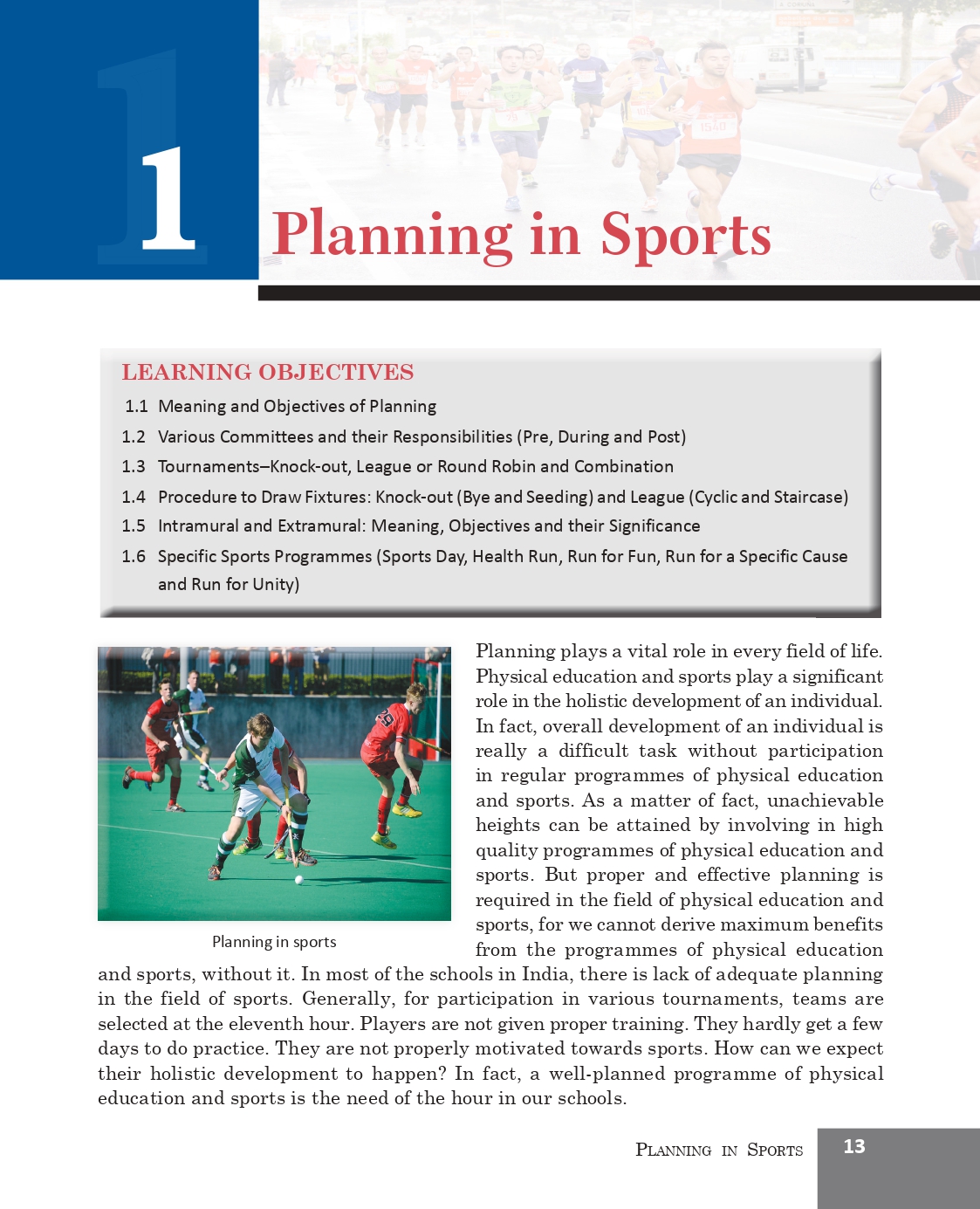Blood | class 11th digital notes
Handwritten notes in youtube below:-
Fibrins are formed by the conversion of inactive fibrinogens in the plasma by the enzyme thrombin.
Thrombins, in turn are formed from another inactive substance present in the plasma called prothrombin.
An enzyme complex, thrombokinase, is required for the above reaction. This complex is formed by a series of linked enzymic reactions (cascade process) involving a number of factors present in the plasma in an inactive State.
An injury or a trauma stimulates the platelets in the blood to release certain factors which activate the mechanism of coagulation. Certain factors released by the tissues at the site of injury also can initiate Coagulation.
Calcium ions play a very important role in clotting.
This is not included in the Handwritten notes...be carefull
Coagulation of Blood
Blood exhibits coagulation or clotting in response to an injury or trauma. This is a mechanism to prevent excessive loss of blood from the body.Fibrins are formed by the conversion of inactive fibrinogens in the plasma by the enzyme thrombin.
Thrombins, in turn are formed from another inactive substance present in the plasma called prothrombin.
An enzyme complex, thrombokinase, is required for the above reaction. This complex is formed by a series of linked enzymic reactions (cascade process) involving a number of factors present in the plasma in an inactive State.
An injury or a trauma stimulates the platelets in the blood to release certain factors which activate the mechanism of coagulation. Certain factors released by the tissues at the site of injury also can initiate Coagulation.
Calcium ions play a very important role in clotting.


